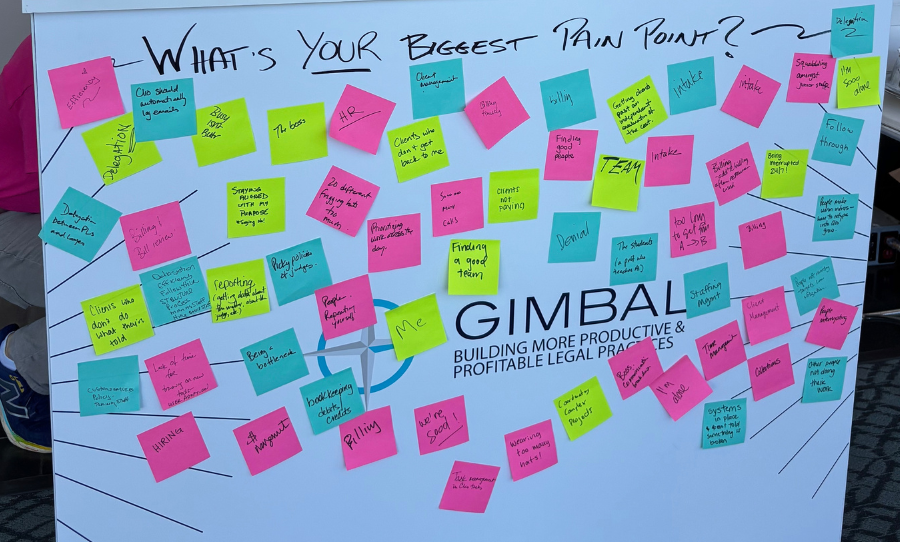E27: If You Have to Breathe, It’s Too Long
Mar 07, 2020
Welcome to our monthly legal writing tip. We’re continuing our series on editing. You may know that I take a three-step approach to editing: diet, exercise, and polish. You can learn more about my approach in my free editing checklist. I talked about it as well in my last writing tip on tricking your brain into reading what you actually wrote, rather than what you think you wrote.
Today we’re starting with step one: the diet. It’s all about making your writing lean. I’m going to focus on email, but everything I say applies to other kinds of writing as well.
Want to watch this tip instead?
We are all busy. Our inboxes are overflowing. Most people receive over 100 emails every day. That’s a huge amount of reading that we’re expected to get through — and respond to — every day.
A successful email is an email that gets read
If you write long emails full of complex sentences, people will not read them…no matter how beautiful or important or grammatically correct they may be. If they don’t read them, they won’t respond to them. Or they’ll only send you a partial answer. Or the worst: they write you back again next week, asking the same questions you’ve already answered.
Why? Because they didn’t read all the way to the bottom of your first email.
It may be because your readers simply did not have time to wade through long, complex language. They got bogged down.
Long sentences are hard to follow
People like to get their information in digestible chunks, especially when they’re reading on a little screen. Sentences that carry on over many lines are hard to follow.
Long sentences tend to separate subjects from verbs. This makes it harder for people to quickly identify who is doing what to whom in your sentences. When people are reading fast, or scanning, long sentences inhibit comprehension. They also lead to longer paragraphs, which are, again, harder for people to follow. By keeping your sentences (and your paragraphs) short, you’re making it easier for people to read and understand your emails.
One way to get people to read your email is to write shorter sentences.
So what’s too long? I use two strategies.
First, as you reread your email (and you MUST reread it!) before you hit send, look for anything over two lines long. Mark it for editing.
Second, read your writing out loud. If you can’t read a sentence in a single normal breath, it’s too long. Mark it for editing.
Look again at the sentences you’ve marked. Whenever you can, break your long sentences into two or more short sentences. This doesn’t mean a paragraph of boring, three-word sentences. You can vary your structure and add nuance. You can still be creative and precise, without drowning your readers in a sea of words.
If you want more articles and tips like this delivered right to your inbox, sign up here.
Success in your inbox!
Sign up for our Productivity Tips. You'll get a one tip and one featured article each month, both packed with practical, actionable advice that will help you build a more profitable, productive practice.
We will provide you with practice management tips and related information and offers. We will never sell your information, for any reason. Unsubscribe at any time.


